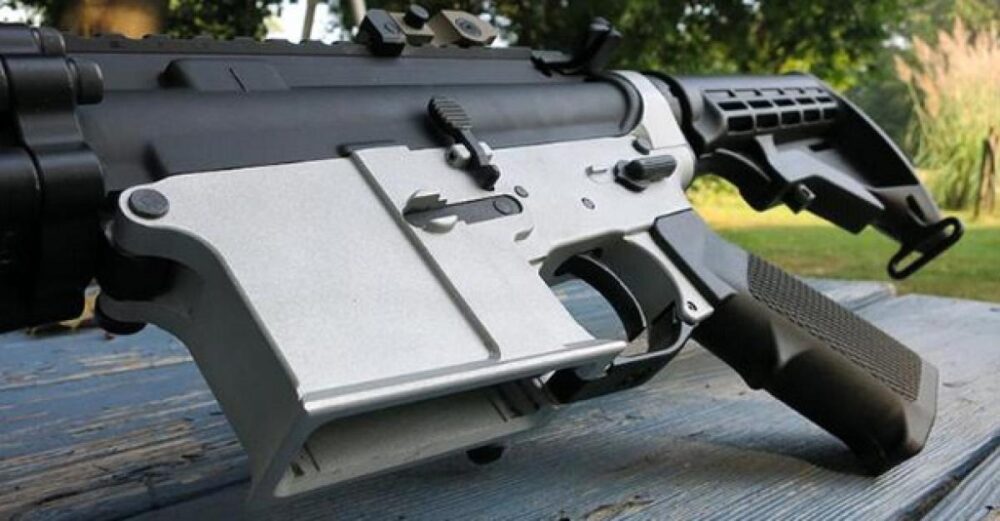In the world of firearms, few topics are as intriguing and contentious as the 80% lower receiver. This guide aims to demystify the concept, offer a comprehensive understanding, and provide potential users with the necessary knowledge to make informed decisions about its use.
The 80% Lower Receiver
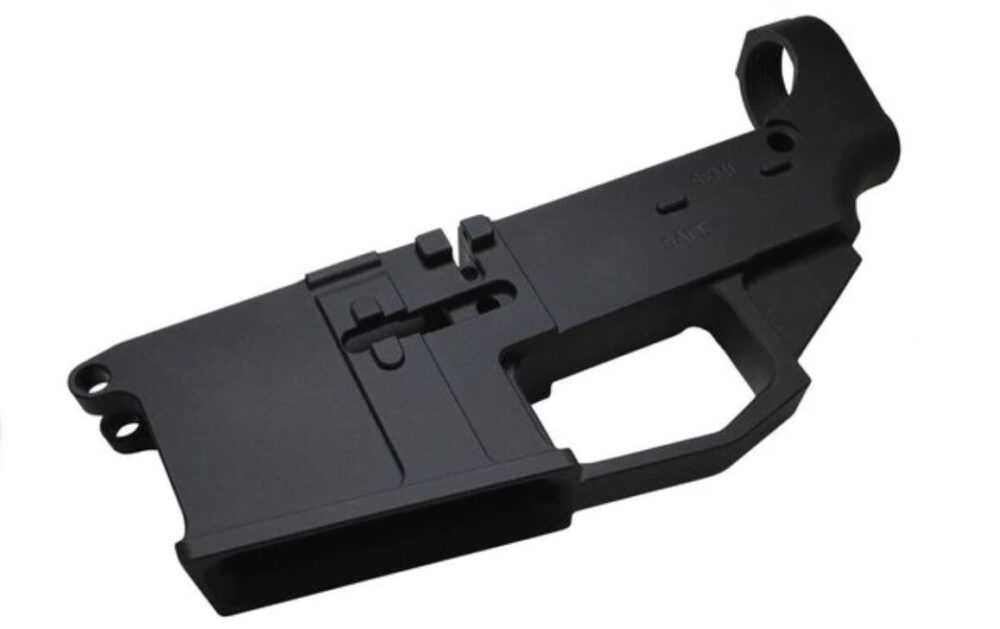
Source: 80percentarms.com
At its most basic, an 80% lower receiver is a piece of a firearm that is 80% complete. It’s not yet considered a firearm in the eyes of the law. Instead, it’s a blank canvas, waiting for an enthusiast or hobbyist to complete the remaining 20% of work to transform it into a functional firearm. These custom parts help firearms come to life.
The term “lower receiver” specifically refers to the lower part of a firearm, usually a semi-automatic rifle. This component houses the fire control group (including the trigger, hammer, and safety), as well as interfaces with the magazine and the stock.
The primary allure of the 80% lower is that since it’s not legally recognized as a firearm, it can be sold and shipped without the typical federal regulations associated with firearms. This means no background checks or federal paperwork.
Legal Considerations
Before diving into the world of 80% lower receivers, it’s essential to understand the legal landscape. The Gun Control Act (GCA) of 1968 defines a “firearm” and regulates its manufacture, sale, and possession. As per the GCA, the key component of a firearm (the part that’s serialized and controlled) is the frame or receiver.
However, an 80% lower is not classified as a “firearm” since it isn’t functional. Once you complete the remaining 20% and make it operational, then it becomes a firearm in the eyes of the law.
While federal law currently allows individuals to manufacture their firearms for personal use (provided they’re not prohibited from owning firearms), some states have specific regulations regarding 80% lowers. Before acquiring or attempting to complete an 80% lower, it’s vital to consult local laws.
Tools and Equipment
To turn an 80% lower into a functional firearm, you’ll need the appropriate tools and equipment. These can range from simple hand tools to more advanced machinery. Here are the primary tools used:
- Drill Press or Hand Drill: This tool helps create holes for the pins and safety selector.
- End Mill Bit: For removing material from the fire control pocket.
- 80% Lower Jig: This device holds the lower receiver in place and guides the user in drilling holes and milling out areas to the correct specifications.
- Files, Hammers, and Punches: These help in the final touches and assembly.
It’s essential to work with precision. Mistakes can lead to a non-functional firearm or, worse, a dangerous one.
Completing the 80% Lower
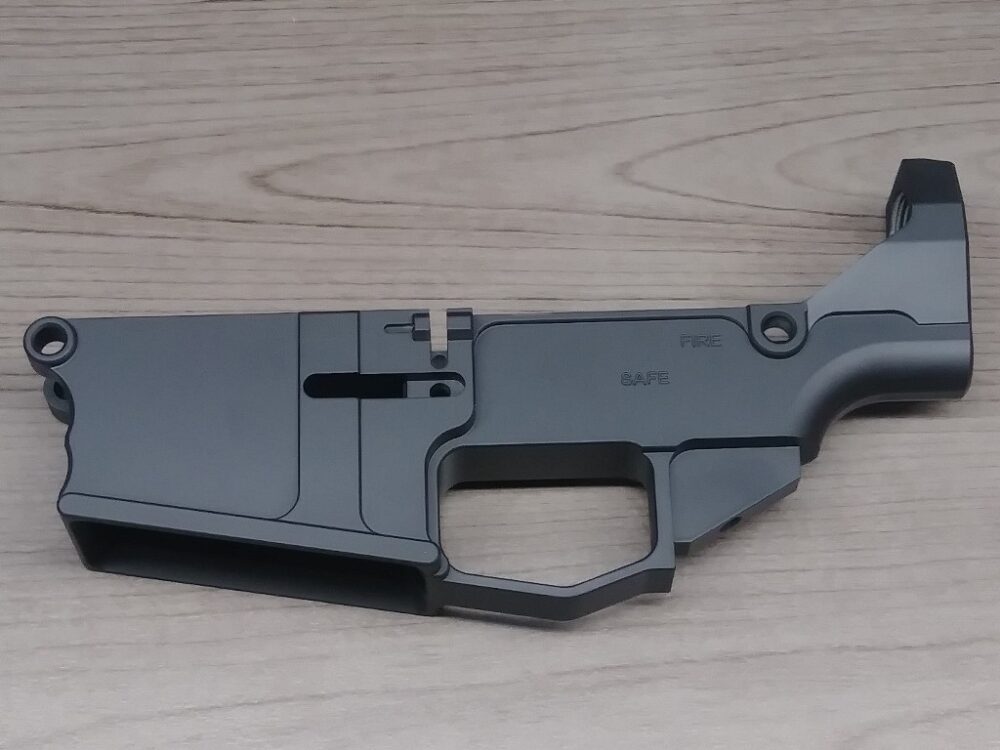
Source: 80lowers.com
Completing the 80% lower requires patience, precision, and a good understanding of the firearm’s mechanics. Here’s a basic overview:
Secure the Lower: Start by placing the 80% lower into the jig. This will hold it securely and provide the guides needed for drilling and milling.
Drill Pin Holes: Using the drill press or hand drill, drill the holes for the trigger and hammer pins, as well as the safety selector. Ensure these holes are straight and to the correct depth.
Mill the Fire Control Pocket: This is the most labor-intensive part. Using the end mill bit, remove the material from the fire control pocket, working slowly and checking your progress regularly.
Clean and Deburr: Once all drilling and milling are complete, clean the lower to remove any shavings or debris. Use files to smooth any rough edges.
Assembly: With the lower completed, you can now assemble the fire control group, buffer tube, stock, and other necessary components.
Remember, while these are basic steps, completing an 80% lower requires significant knowledge, skill, and patience.
Safety First
Whether you’re a seasoned gunsmith or a hobbyist, safety should always be paramount. Here are some general guidelines:
- Work in a Well-Ventilated Area: Metal shavings and lubricants can produce harmful fumes.
- Wear Protective Gear: Safety glasses, gloves, and ear protection are essential.
- Double-Check Everything: Before finalizing any step, double-check your measurements and placements.
- Test Safely: If you’ve successfully assembled your firearm, ensure the first test fire is conducted in a safe and controlled environment.
The Intricacies of Materials and Choices
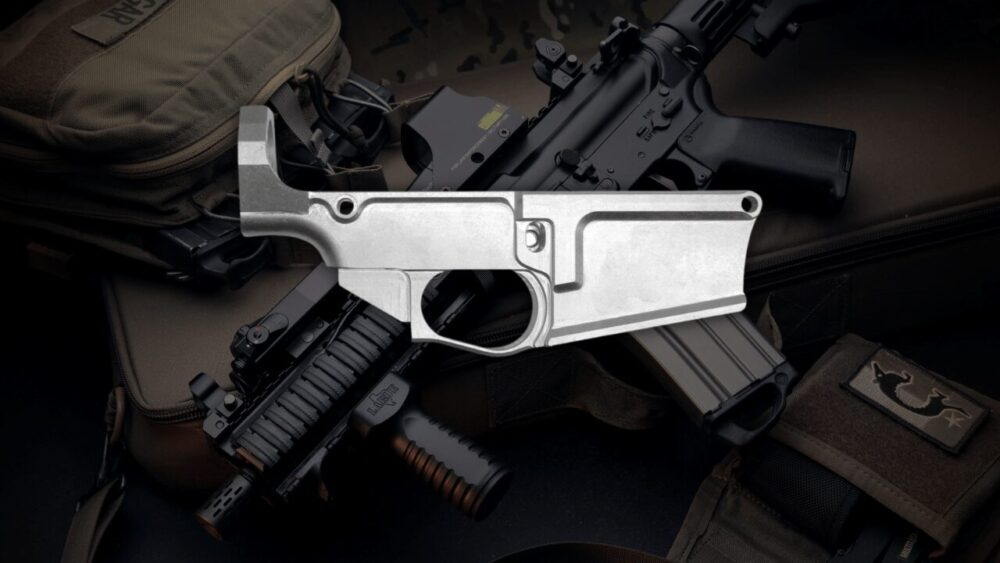
Source: steelfoxfirearms.com
When opting to complete an 80% lower receiver, another pivotal decision you’ll face is material selection. Most commonly, 80% lowers are made from one of two primary materials:
- Aluminum: This is the most traditional material, especially for AR-15 lower receivers. It’s lightweight, durable, and easy to machine. There are different types of aluminum, with 7075-T6 being the most robust and preferred for its strength.
- Polymer: Gaining traction in recent years, polymer 80% lowers are praised for their even lighter weight and resistance to corrosion. Some gun enthusiasts argue that high-quality polymer can be just as durable as aluminum, while others have reservations regarding long-term durability.
When choosing your material, consider the intended use of the firearm, your comfort level with the material’s machinability, and your personal preferences in terms of aesthetics and feel.
The Importance of Quality Control
Given that the completion of an 80% lower is a personal endeavor, the quality control process lies largely in your hands. A few tips to ensure optimal quality include:
- Continuous Measurements: Regularly measuring during the milling process can prevent over-cutting and maintain the integrity of the lower.
- Invest in Quality Tools: While it may be tempting to save on cost, quality tools ensure precision and can prevent mistakes that cheaper tools might cause.
- Seek Expert Advice: If you’re new to this, don’t hesitate to seek advice or mentorship from seasoned gunsmiths or those experienced in completing 80% lowers.
Beyond the Lower: Crafting the Entire Firearm
While the lower receiver is a significant part of the firearm, it’s just one component. After completing your 80% lower, you’ll need to consider other components like the upper receiver, barrel, handguard, and more. Each of these components plays a role in the firearm’s overall functionality, accuracy, and reliability.
It’s essential to ensure compatibility between parts. For instance, if you’re building an AR-15, using parts designed for an AR-10 could lead to functionality issues or potential safety concerns.
In The Realm of Responsibility
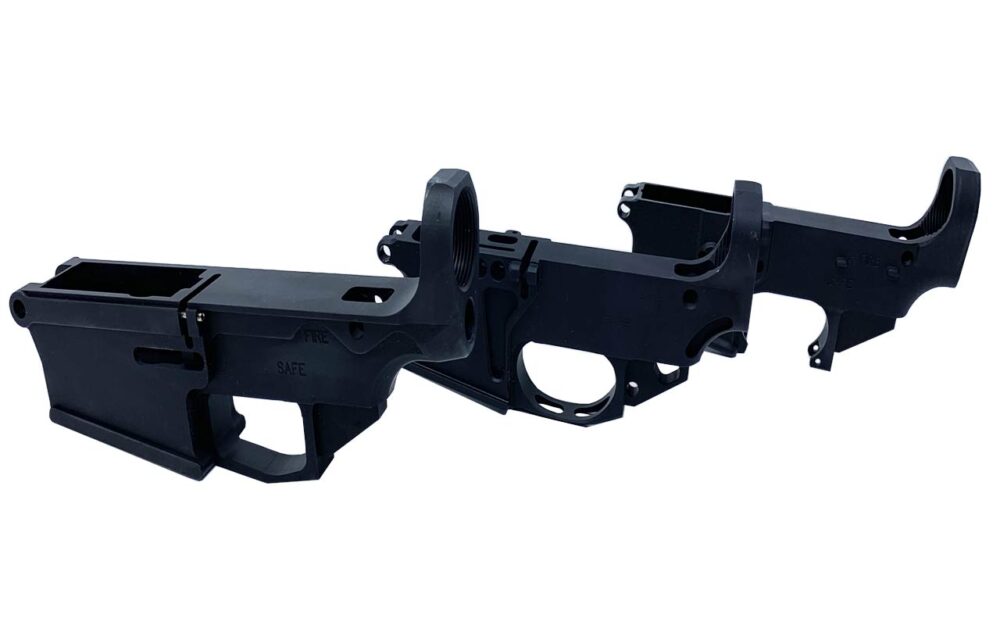
Source: gunbuilders.com
Crafting your firearm from an 80% lower is more than just a project; it’s a statement of self-sufficiency and a nod to the centuries-old tradition of gunsmithing. But with that power comes a considerable amount of responsibility.
Ensure you handle and store your self-made firearm with the same care and respect as any other. Be conscious of its use and the implications it might carry, both legally and morally.
Final Thoughts
The 80% lower receiver offers enthusiasts a unique opportunity to craft their firearm. However, with this opportunity comes responsibility. Before diving into this project, ensure you’re well-educated, adequately equipped, and above all, compliant with local laws.
As firearms play a significant role in debates about public safety, personal freedom, and the Second Amendment, those who choose to engage with 80% lowers should do so with knowledge and respect. Whether it’s for the challenge, the educational aspect, or personal satisfaction, crafting your firearm can be a rewarding endeavor when approached correctly.


